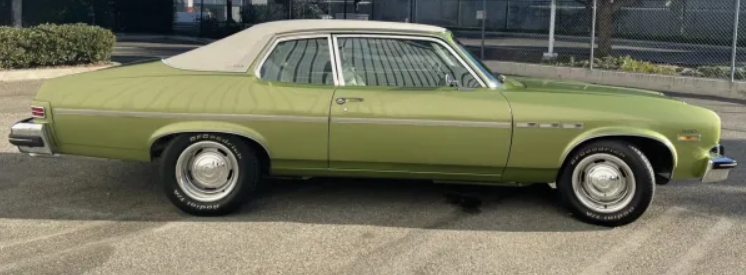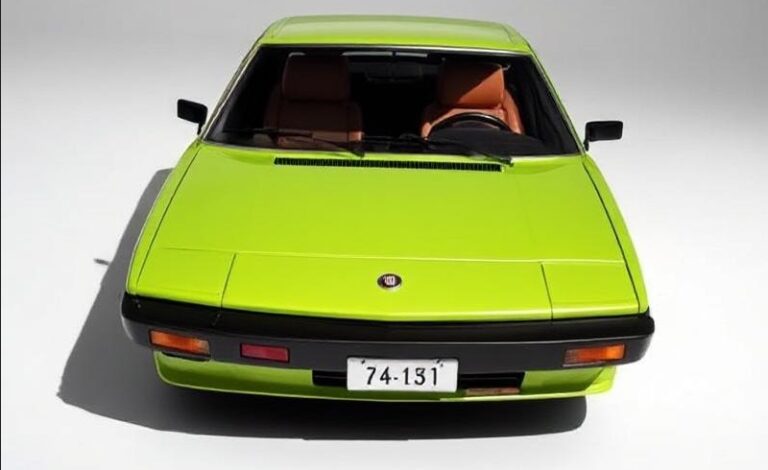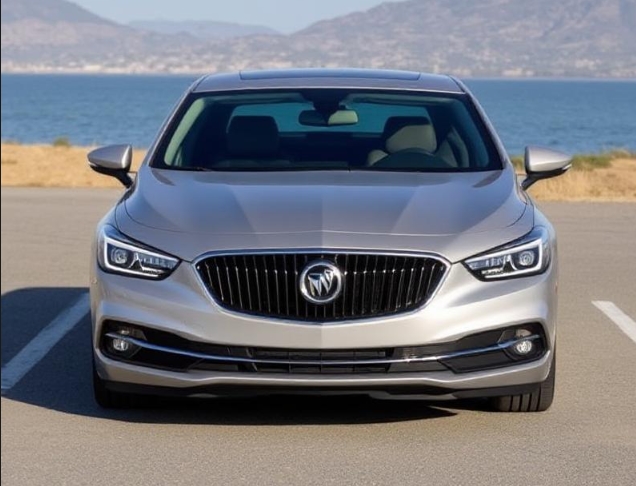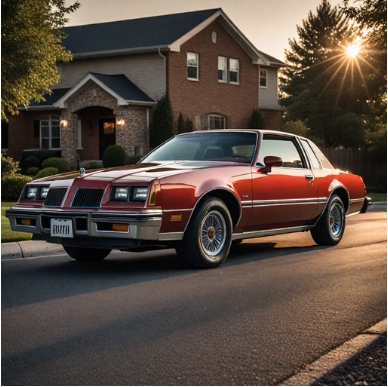The Evolution of the Buick Apollo
The Buick Apollo, a nameplate that briefly held a place in the American automotive landscape, embodies a story of change, innovation, and ultimately, transformation. This compact vehicle, produced during the mid-1970s through the early 1980s, represents the shift in consumer preferences, dynamics of the automotive industry, and the Buick brand’s exploration of new market segments.
The Genesis: 1973-1975
The Buick Apollo was introduced in 1973 as part of General Motors’ X-car platform project. It was built upon the same architecture that included other popular models like the Chevrolet Nova and the Pontiac Ventura. When the Apollo was launched, it aimed to capture the growing market for compact cars fueled by the increasing fuel economy concerns that arose in the early 1970s.
The first generation lasted from 1973 to 1975. Initially, it was offered as a two-door coupe and a four-door sedan. The design showcased a clean blend of form and practicality, featuring the distinct lines characteristic of the 1970s while still retaining a touch of Buick’s traditional elegance.
Models and Trim Levels (1973-1975):
- Base Model: The base configurations offered a simple array of engine options, which included a 3.8L V6 and a 5.7L V8. The car was aimed at the budget-conscious consumer looking for a reliable and stylish vehicle.
- Custom: The Custom trim added features such as upgraded interior fabrics, enhancing comfort, and a few additional options for performance.
The early years of the Apollo saw reasonable success, but by the mid-1970s, it became clear that this small coupe had started to lose its audience in response to the ongoing economic pressures and changing consumer preferences.
The Mid-Cycle Refresh: 1976-1979
After a brief hiatus, the Buick Apollo was revised in 1976 and received a visual update that included softened edges and a more rounded profile. This new design attempt sought to embrace the growing aesthetic trends of the late 1970s while maintaining the identity of the Buick brand.
Models and Trim Levels:
- Base Model: The base edition maintained the V6 and V8 options but introduced new features such as a more advanced suspension system to enhance ride quality.
- Custom: The Custom trim level continued to offer more interior upgrades, which included better sound insulation and optional leather seats.
- GS (Gran Sport): By 1976, the Apollo GS variant was introduced, appealing to those looking for a sportier driving experience. This model featured a performance-tuned suspension and larger engine options, including the 5.7L V8.
In 1978, the Apollo saw some minor adjustments, but its appeal was noticeably waning in the growing market of imports and more fuel-efficient vehicles.
The Last Generation: 1980-1983
The Buick Apollo would continue its journey but in a more challenging environment. The shift toward more fuel-efficient cars and the decline in demand for mid-sized vehicles marked a turbulent time for the automobile industry. In 1980, the Apollo underwent a significant redesign, which involved a shift to a front-wheel-drive layout, aligning it with GM’s emerging platform strategies.
Models and Trim Levels (1980-1983):
- Base Model: The 1980 Apollo was sleek, embodying a more aerodynamic shape and was available with a variety of four-cylinder and V6 engines, aimed primarily at fuel efficiency.
- Custom: Like before, the Custom trim provided added comfort and convenience features, including upgraded upholstery and customizable options to improve the overall driving experience.
- Sport: In an attempt to evoke a sense of performance, the Apollo Sport emerged in the early ’80s, featuring a sport-tuned suspension, and sportier styling cues, designed to attract younger buyers looking for a dynamic driving experience.
Despite the efforts to revive interest in the Apollo line, it faced fierce competition from Japanese manufacturers who dominated the compact car market with offerings that provided both performance and fuel efficiency.
.

.
The Discontinuation
By 1983, with sales dwindling and the automotive landscape continuing its shift towards smaller, more efficient vehicles, the Buick Apollo was officially discontinued. This decision was emblematic of the larger transition within General Motors, as the company refocused its energy on other more successful models, such as compact cars from Chevrolet and Pontiac.
Legacy and Cultural Impact
Although the Buick Apollo was short-lived, its impact on the compact car segment shouldn’t be underestimated. It was a representation of Buick’s ability to adapt and respond to evolving consumer preferences during a transformative time in automotive history. As a model, it offered a glimpse into Buick’s ambitions to broaden its appeal beyond traditional luxury and comfort, attempting to reach younger buyers seeking practicality and performance.
Moreover, the Buick Apollo serves as a classic example of the challenges faced by American manufacturers in the late 20th century. As the market shifted toward smaller foreign cars that were often better on gas and equipped with more modern technology, the Apollo’s fading sales underscored the necessity of innovation in the face of competition.
Conclusion
In retrospect, the Buick Apollo may have been a footnote in the grand narrative of American automotive history, but it represents a period of experimentation for Buick. From its introduction in the early 1970s to its discontinuation in the early 1980s, the Apollo sought to carve out a niche in an increasingly congested market. Although it eventually succumbed to changing trends and consumer preferences, it remains an intriguing representation of an era where automakers were challenged to innovate quickly to maintain relevance.







